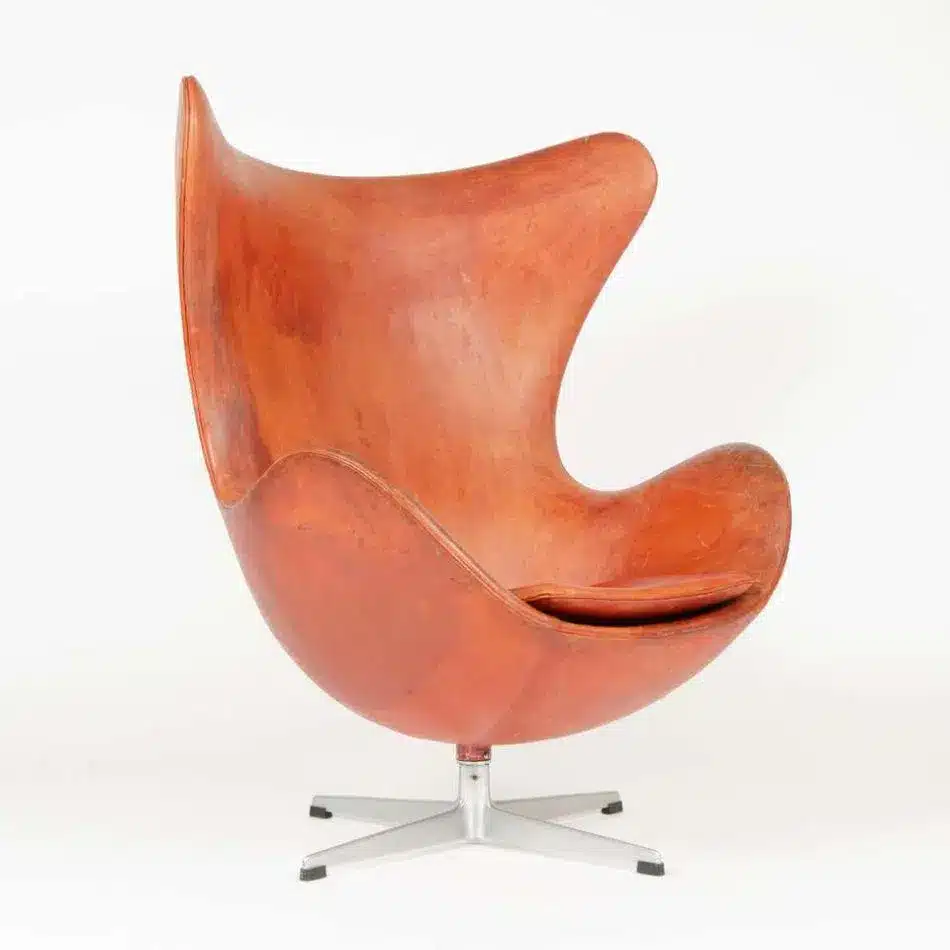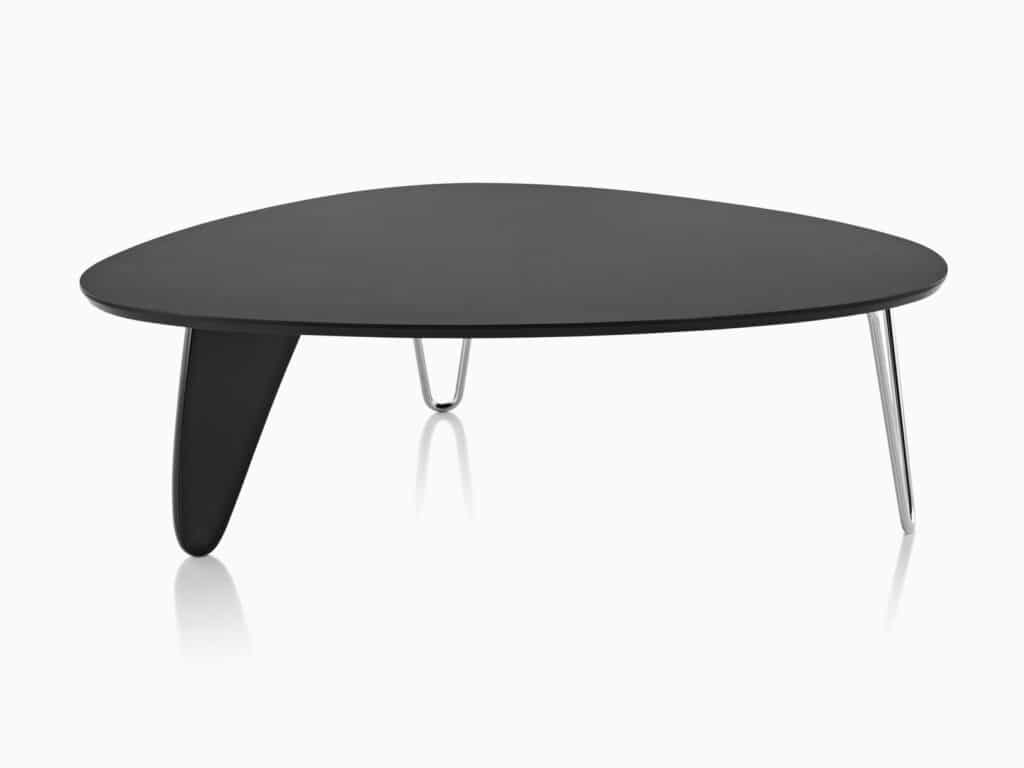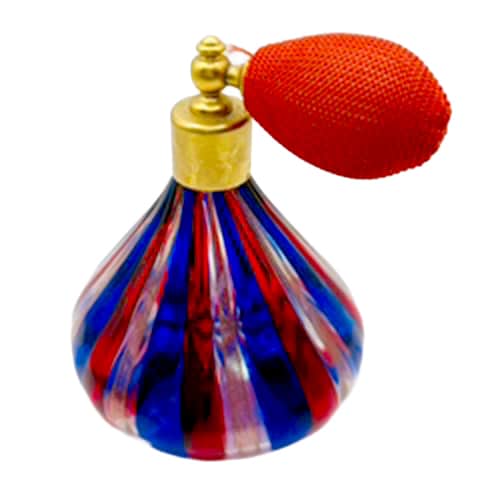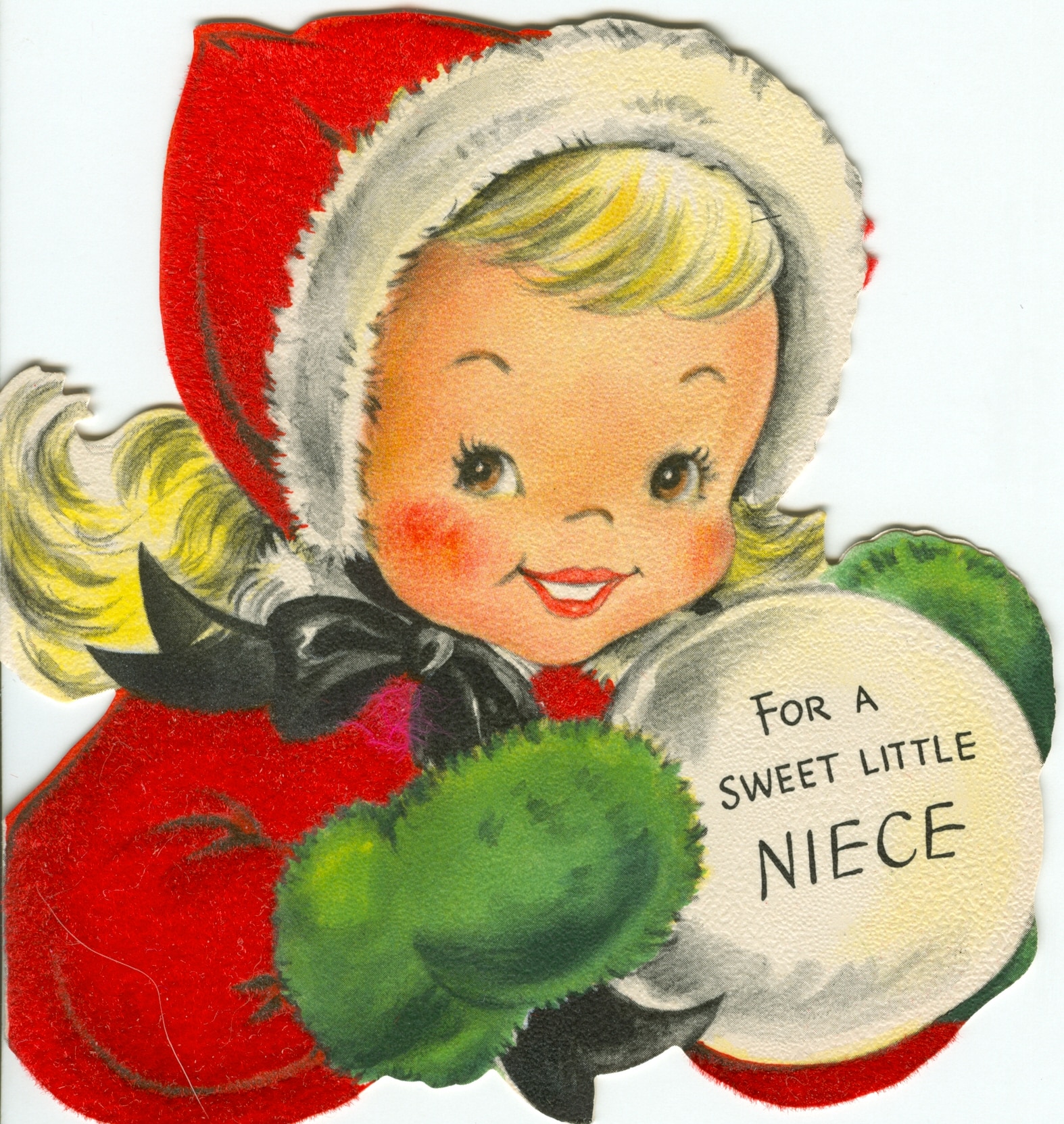Retro Meets Timeless: Inside the World of Mid-Century Modern
By Rob Wolfe of American Pickers
Walk into any stylish home today, flip through Instagram, or browse a trendy furniture store, and chances are you’ll spot it: sleek wooden sideboards, low-slung sofas with tapered legs, and sculptural chairs that look as much like art as they do furniture.
Mid-Century Modern design—born in the 1940s and thriving through the 1960s—isn’t just a throwback trend. It’s a timeless aesthetic that continues to capture hearts (and wallets) decades later. But what makes it so irresistible?
Where It All Began
The movement was born out of a unique moment in history.
Post–World War II optimism, suburban expansion, and rapid technological innovation collided with a hunger for new ideas. Designers drew inspiration from the Bauhaus school in Germany, with its focus on simplicity, function, and the marriage of art with industrial production.
Meanwhile, Scandinavian talents like Arne Jacobsen and Alvar Aalto introduced warmth, organic curves, and a deep appreciation for natural materials. Together, these influences shaped a style that was modern yet approachable, innovative yet livable.

An Arne Jacobsen for Fritz Hansen Egg chair, 1950s, offered by WYETH
photo: 1st Dibs
Defining Traits and Iconic Designs
Not every vintage piece with slim legs and a wood finish qualifies as Mid-Century Modern.
What truly defines the style are its clean lines—where beauty lies in simplicity rather than ornate detail—and organic forms that soften sharp geometry. Designers of the era embraced experimentation, combining natural woods with glass, metal, or even newly emerging plastics to reflect the technological optimism of the time. At its core, though, the movement was about practicality—furniture designed to be used and enjoyed. It also celebrated a connection to nature, with natural finishes and layouts that encouraged a seamless indoor–outdoor flow, perfectly in step with the suburban lifestyle of the era.
That balance of function and beauty gave rise to pieces that remain icons today. Charles and Ray Eames redefined comfort with their 1956 Lounge Chair and Ottoman, a design that remains the gold standard of modern lounging. Eero Saarinen’s 1957 Tulip Table eliminated the clutter of chair legs with a futuristic pedestal base. Isamu Noguchi’s sculptural Coffee Table of 1947 blurred the line between furniture and art, while Arne Jacobsen’s Egg Chair, introduced in 1958, offered a playful cocoon-like form that still feels contemporary. These classics embody the essence of Mid-Century Modern—simple, functional, and endlessly stylish.
Why We Still Love It Today
Here’s the secret: Mid-Century Modern design works. It adapts to nearly any style of home—whether a minimalist loft, a cozy bungalow, or a traditional space looking for a modern edge. Its clean lines keep interiors feeling fresh, while the warmth of wood and organic curves prevent rooms from feeling cold or sterile.
Just as importantly, these pieces have proven remarkably steady in value over time. Thanks to their timeless appeal, quality craftsmanship, and limited availability, original designs often hold—or even increase—their worth on the resale market. Collectors recognize them as both usable furniture and investment-worthy design.
And the auction world proves it: an Isamu Noguchi “Rudder” Table sold for $29,250, while rare works like his 1940s sculptural tables continue to headline design auctions. Vintage Eames Lounge Chairs and Ottomans regularly fetch between $3,000 and $5,000, and unique editions can climb far higher. These record-setting sales highlight not just enduring popularity but also the lasting value of authentic Mid-Century Modern pieces.

Isamu Noguchi Rudder coffee table – Herman Miller
photo: www.hermanmiller.com
Of course, part of the appeal is also cultural. Owning a Mid-Century piece feels like owning a slice of history, a reminder of a time when design was meant to elevate everyday life. It’s equal parts functional object and conversation starter.
Mid-Century Modern isn’t going anywhere. With its mix of simplicity, warmth, and functionality, it’s the rare design movement that feels both firmly rooted in its time and endlessly ahead of it. Whether you’re investing in an iconic original or picking up a faithful
reproduction, you’re not just buying furniture—you’re bringing home a piece of timeless design that will still look right at home in another 50 years.
Best known for his co-hosting role on The History Channel’s long-running hit, American Pickers, Rob Wolfe is also a seasoned antique dealer. From vintage signs to antique cars and motorcycles, and everything in between, Rob has an extensive knowledge of, and passion for, all things antique. He’s been collecting unique items and learning about their history since early childhood and today that passion can be seen at his showroom in Bettendorf, Iowa, where Rob hosted the annual Bettendorf Americana Car show and Antique Auction.





